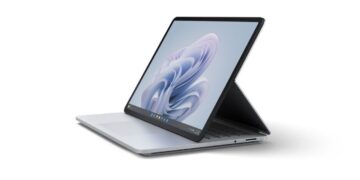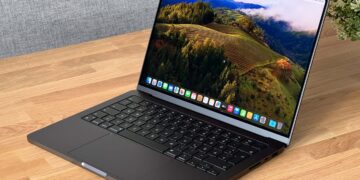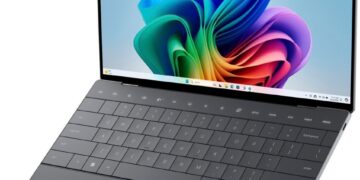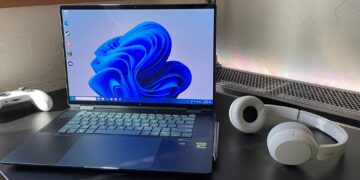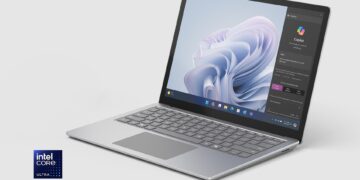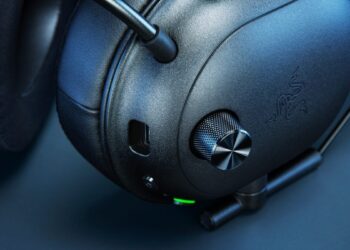For years, the wearable technology conversation has been dominated by the wrist. Smartwatches and fitness bands have become ubiquitous, but their screen-centric, notification-heavy nature isn’t for everyone. Now, Samsung is making a bold play for a different piece of real estate: your finger. The Samsung Galaxy Ring is more than just a new gadget; it’s a statement about the future of ambient health tracking—a future that is less obtrusive, more integrated, and deeply personal. After years of dominance from Oura, a true tech giant has entered the ring, and the result could reshape the entire category.
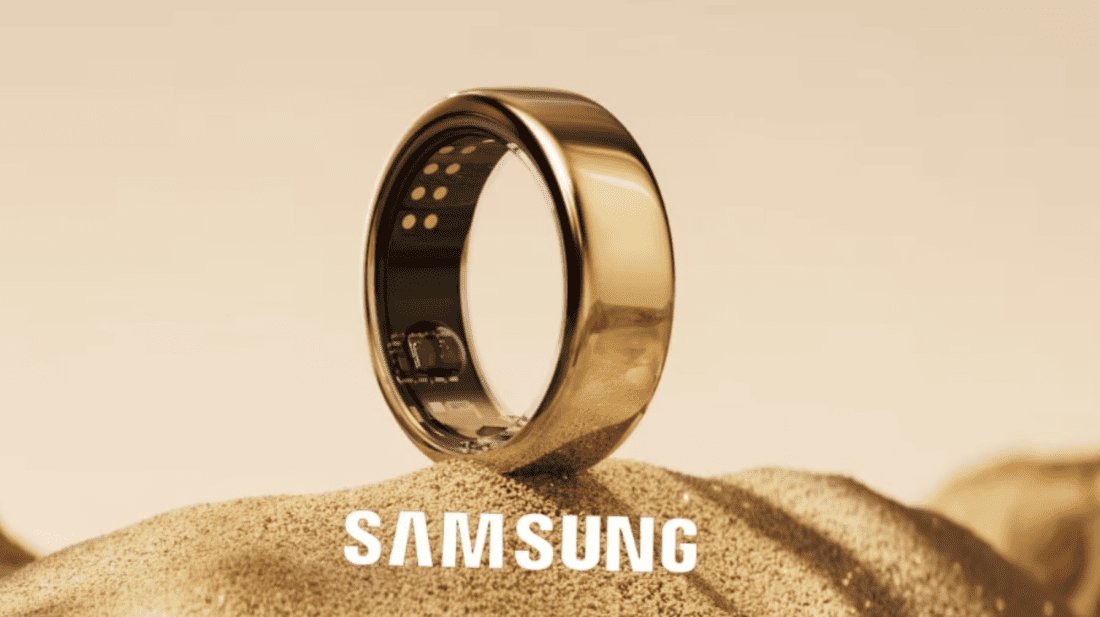
A Masterclass in Minimalist Design
Upon first inspection, the Galaxy Ring is strikingly unassuming. Crafted from what appears to be a lightweight metal like titanium, it avoids the bulky, tech-forward aesthetic of many wearables. Available in Platinum Silver, Ceramic Black, and Gold finishes, its slightly concave design helps protect the exterior from the inevitable scuffs and scratches of daily life. This is a device designed to disappear. It’s comfortable enough for 24/7 wear, including sleep, which is precisely its primary purpose.
Unlike a smartwatch, there is no screen, no haptic motor, and no buttons. This is a deliberate choice. The Ring isn’t here to buzz you with notifications or serve as a tiny smartphone. It is a silent data collector, a passive monitor that puts the focus back on living, rather than interacting with a device. The only user input required is choosing the correct size, a critical step that Samsung will likely facilitate with a sizing kit, similar to its competitors. The build quality feels premium, signaling that this is not an experimental product but a serious contender.
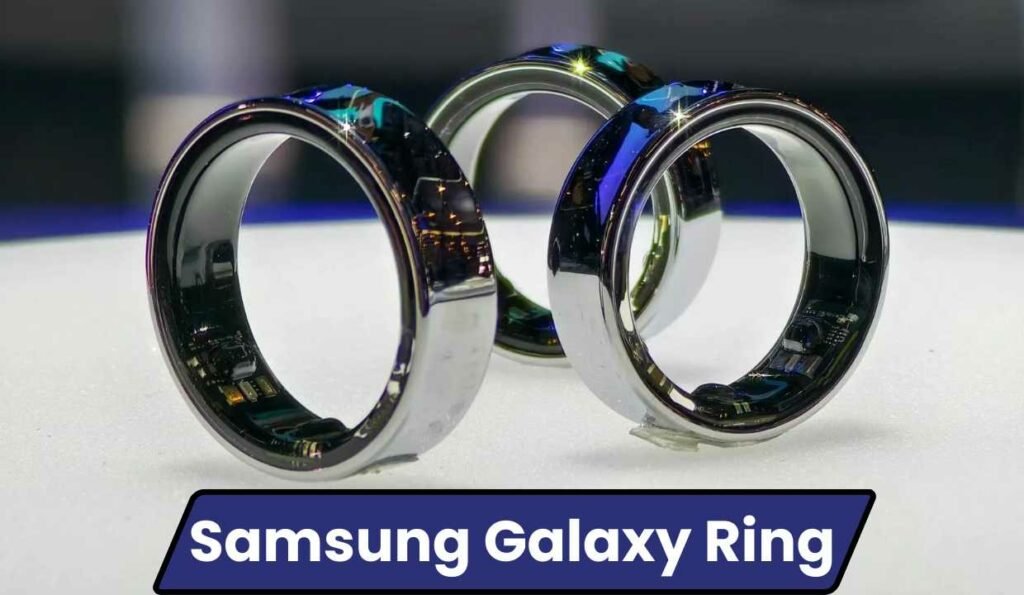
The Power of Passive Tracking
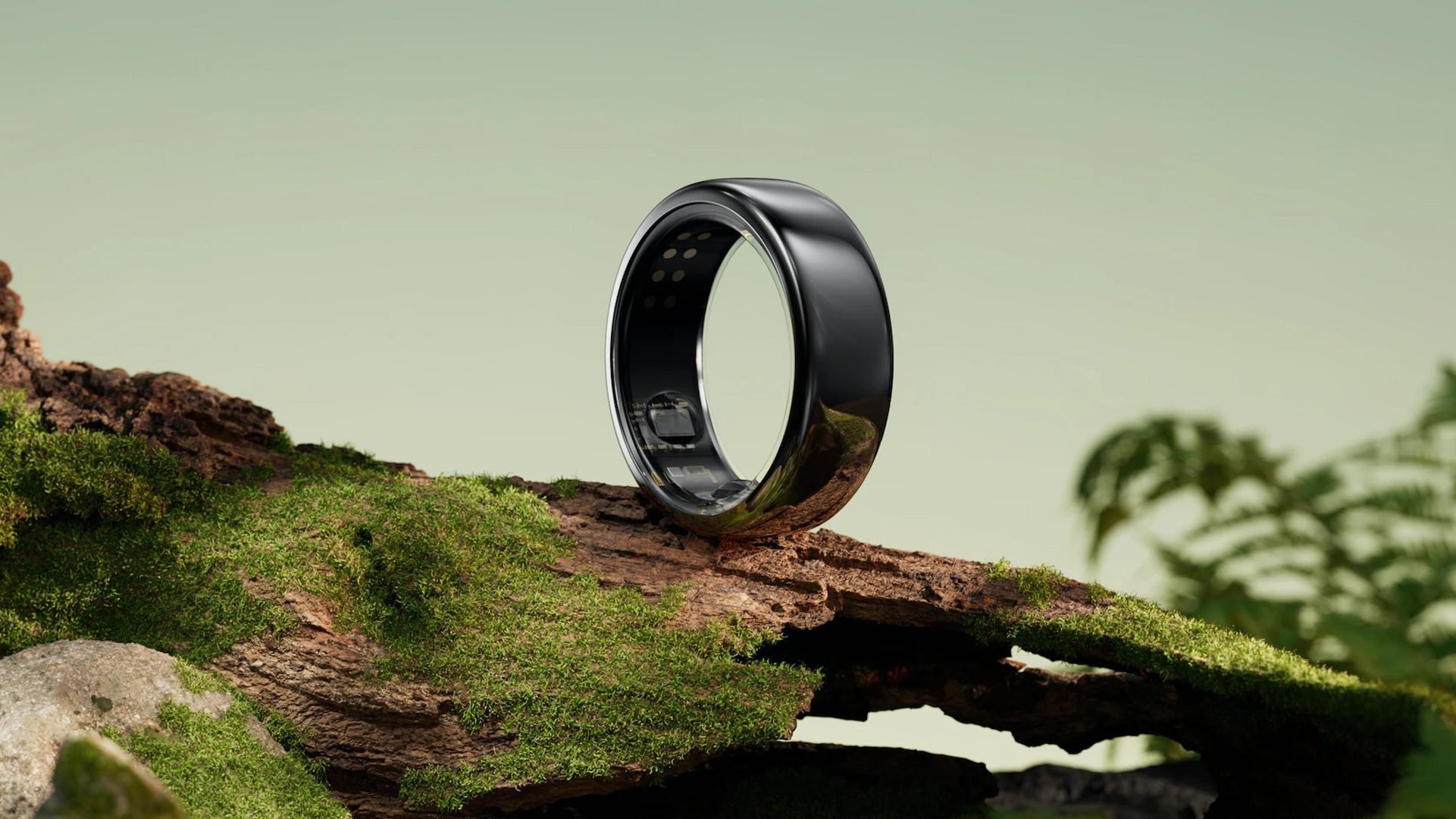
Underneath its polished shell, the Galaxy Ring is packed with sensors to monitor three core pillars of health: sleep, activity, and readiness. Leveraging an array of sensors, it tracks heart rate, respiratory rate, night-time movement, and sleep latency to provide a detailed picture of your sleep quality. Samsung is folding this data into a new “My Vitality Score” within the Samsung Health app, a clear answer to the readiness scores offered by Oura and Whoop.
This score, combined with “Booster Cards” that offer actionable health insights, is where the Ring’s intelligence truly shines. It aims to connect the dots between your activity, your rest, and your overall capacity to perform. While it tracks steps and activity, it’s not a workout companion in the same way a Galaxy Watch is. It lacks GPS and the real-time metrics athletes crave. Instead, its strength lies in providing a holistic, long-term view of your body’s patterns and recovery cycles. The performance isn’t in its processing power, but in the accuracy and synthesis of the data it collects.
Ecosystem, Integration, and the Value Question
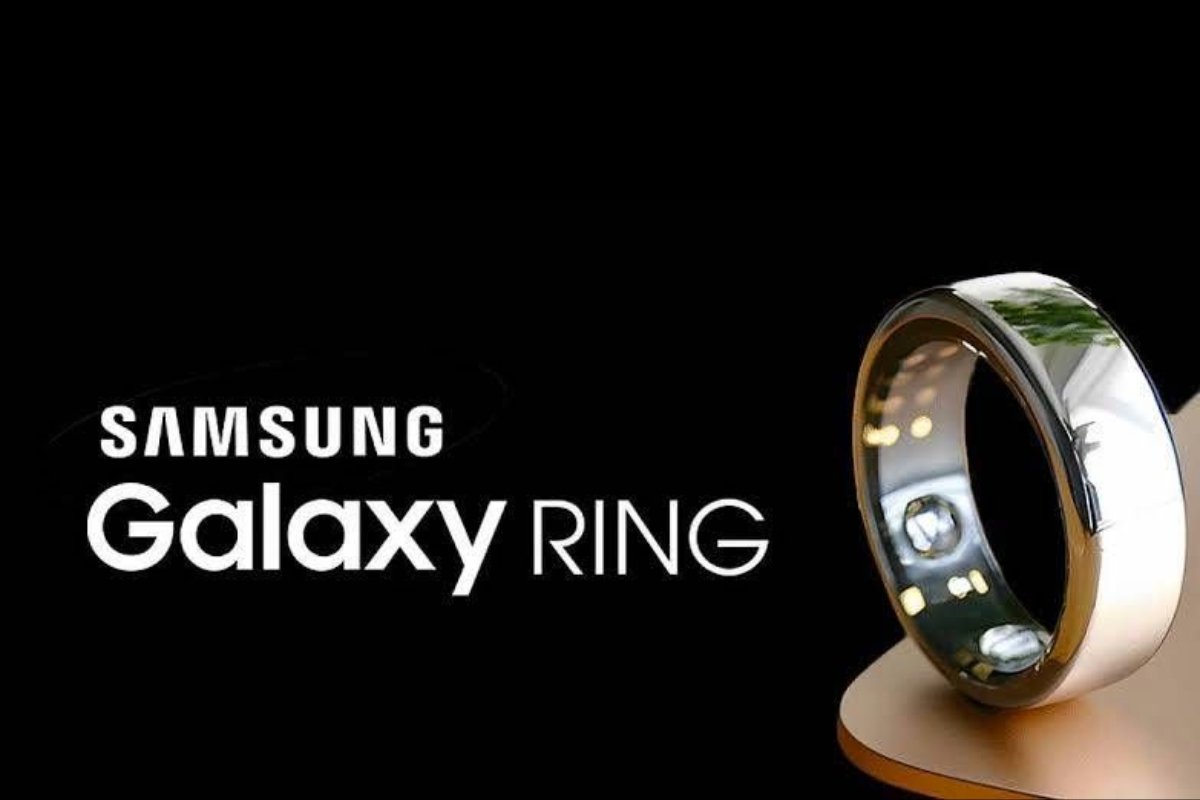
The Galaxy Ring’s greatest strength may be its native integration with the Samsung Health ecosystem. For existing Samsung users, this device will feel like a missing puzzle piece, seamlessly syncing data with their Galaxy phone and Watch. The prospect of using data from both a watch and a ring to create an even more accurate health profile is genuinely compelling. For instance, the watch could handle active workout tracking while the ring provides superior sleep data.
However, this raises questions about its value proposition. Is it a smartwatch replacement or a supplement? For the tech minimalist who finds watches cumbersome, the Ring is a perfect solution. For the data-driven user already wearing a Galaxy Watch, the Ring adds a new, complementary layer of insight, particularly for sleep. The ultimate value, however, may hinge on a yet-unanswered question: will there be a subscription fee? Competitors have normalized monthly fees for full data access, and if Samsung follows suit, it will significantly alter the long-term cost and make the device a harder sell for those outside its core enthusiast base. Initial reports also suggest it will launch without iOS compatibility, limiting its audience significantly.
Final Verdict
The Samsung Galaxy Ring is a beautifully designed, thoughtfully focused piece of technology that represents a confident step into the next era of wearables. It isn’t trying to be a smartwatch on your finger; it’s an intelligent, passive health monitor that works in the background to provide you with a deeper understanding of your body.
This device is best for the Samsung ecosystem loyalist looking to achieve a truly comprehensive view of their health by combining it with a Galaxy Watch. It’s also an excellent choice for the wellness-focused individual who wants powerful sleep and recovery tracking without the distractions and bulk of a wrist-worn device. However, those deeply embedded in the Apple ecosystem or who are allergic to the idea of potential subscription fees should wait and see how Samsung’s strategy unfolds. The Galaxy Ring is a refined and promising debut, but its long-term success will depend on its pricing model and its ability to deliver on its ambitious software promises.
Where to Buy:
Samsung Galaxy Ring Quick Summary
Key Scores:
- Value: 85%
- Design: 90%
- Performance: 88%
- Quality: 92%
- Popularity: 80%
Top Pros
- ✅ Its design is remarkably discreet and comfortable for all-day wear.
- ✅ It promises deep integration within the existing Samsung Health ecosystem.
- ✅ Sleep tracking metrics appear to be both comprehensive and insightful.
- …
Key Cons
- ❌ The complete reliance on a smartphone app may frustrate some users.
- ❌ A potential subscription fee could diminish its long-term value proposition.
- ❌ Launching without iOS support will limit the initial target audience.
- …

 Tech Essentials
Tech Essentials